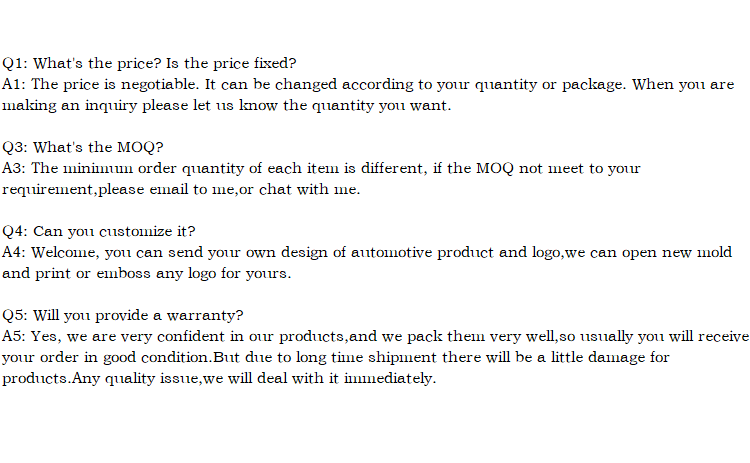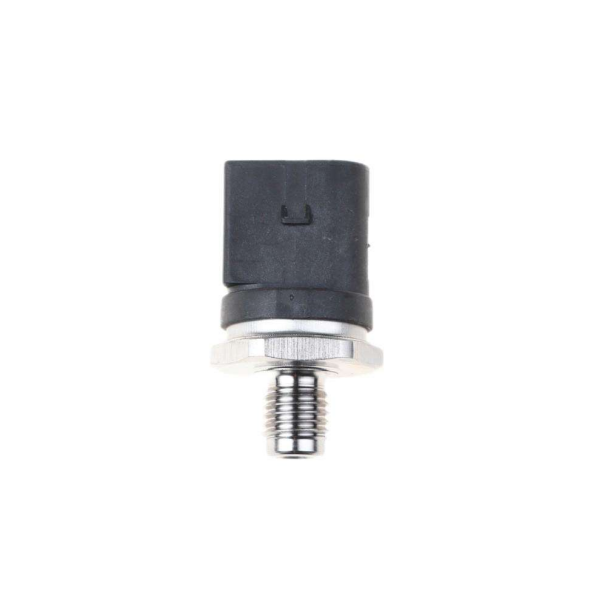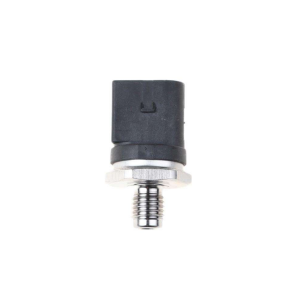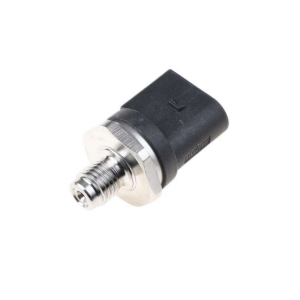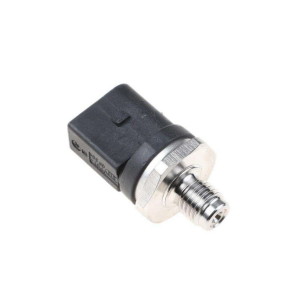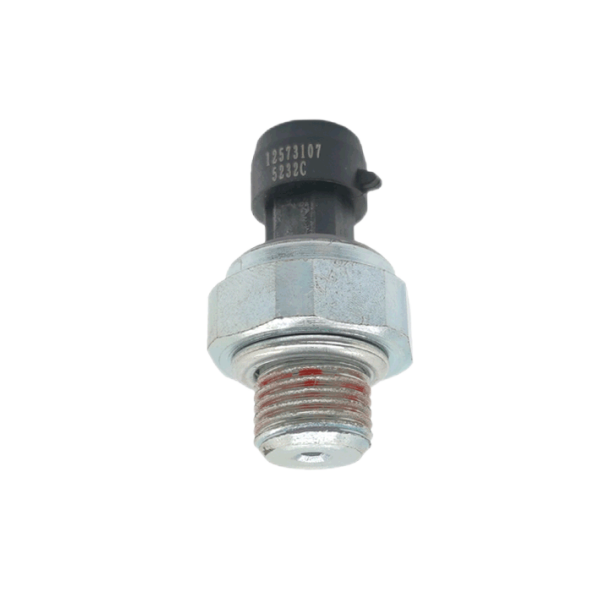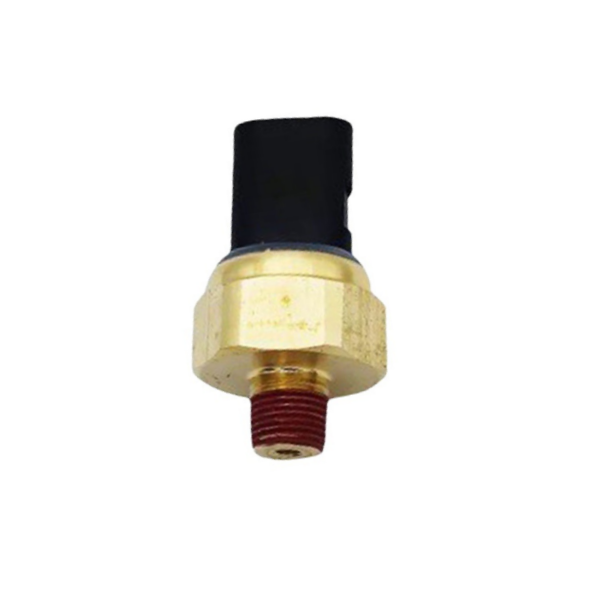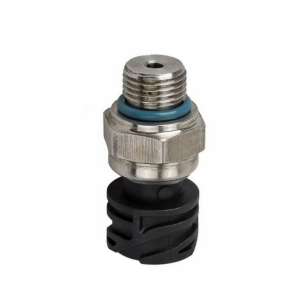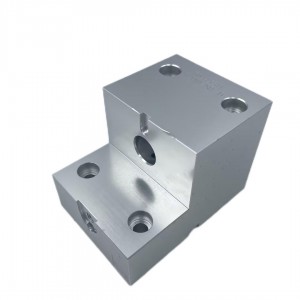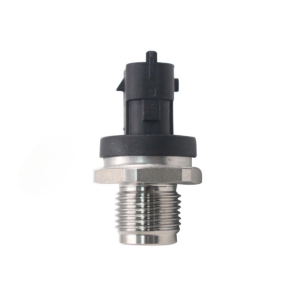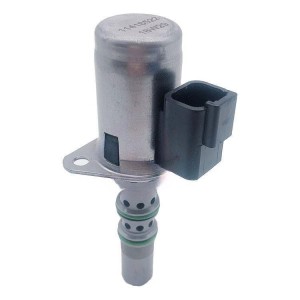Suitable for Mercedes-Benz oil pressure sensor 0281002498
Product introduction
1. Temperature
Excessive temperature is one of the common causes of many problems of pressure sensor, because many components of pressure sensor can only work normally within the specified temperature range. During assembly, if the sensor is exposed to the environment outside these temperature ranges, it may be negatively affected. For example, if the pressure sensor is installed near the steam pipeline that generates steam, the dynamic performance will be affected. The correct and simple solution is to transfer the sensor to a position far away from the steam pipeline.
2. Voltage spike
Voltage spike refers to voltage transient phenomenon that exists for a short time. Although this high-energy surge voltage lasts only a few milliseconds, it will still cause damage to the sensor. Unless the source of voltage spikes is obvious, such as lightning, it is extremely difficult to find. OEM engineers must pay attention to the whole manufacturing environment and the potential failure risks around it. Timely communication with us helps to identify and eliminate such problems.
3. Fluorescent lighting
Fluorescent lamp needs high voltage to generate arc to break through argon and mercury when it is started, so that mercury is heated into gas. This starting voltage spike may pose a potential danger to the pressure sensor. In addition, the magnetic field generated by fluorescent lighting may also induce voltage to act on the sensor wire, which may make the control system mistake it for the actual output signal. Therefore, the sensor should not be placed under or near the fluorescent lighting device.
4. EMI/RFI
Pressure sensors are used to convert pressure into electrical signals, so they are easily affected by electromagnetic radiation or electrical interference. Although the sensor manufacturers have tried their best to ensure that the sensor is free from the adverse effects of external interference, some specific sensor designs should reduce or avoid EMI/RFI (electromagnetic interference/radio frequency interference). Other EMI/RFI sources to be avoided include contactors, power cords, computers, walkie-talkies, mobile phones, and large machinery that can generate changing magnetic fields. The most common methods to reduce EMI/RF interference are shielding, filtering and suppression. You can consult us about the correct preventive measures.
Product picture

Company details







Company advantage
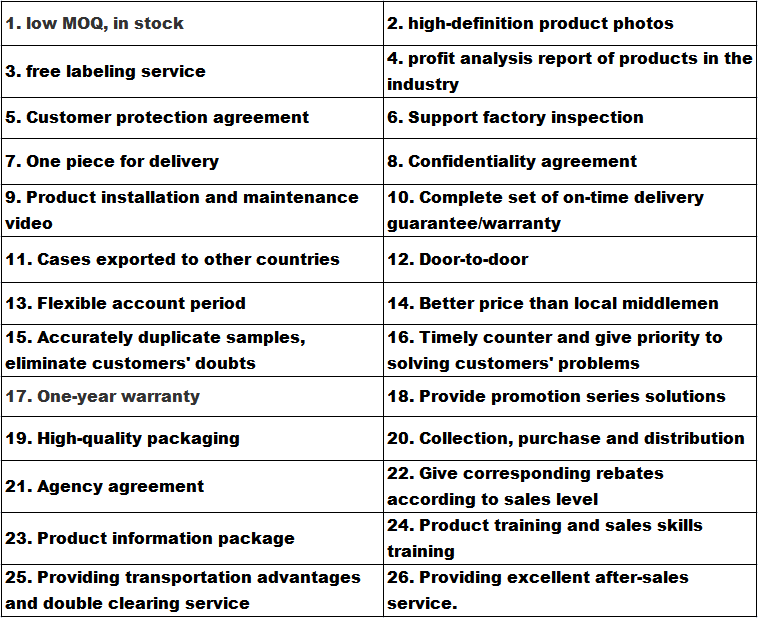
Transportation

FAQ
